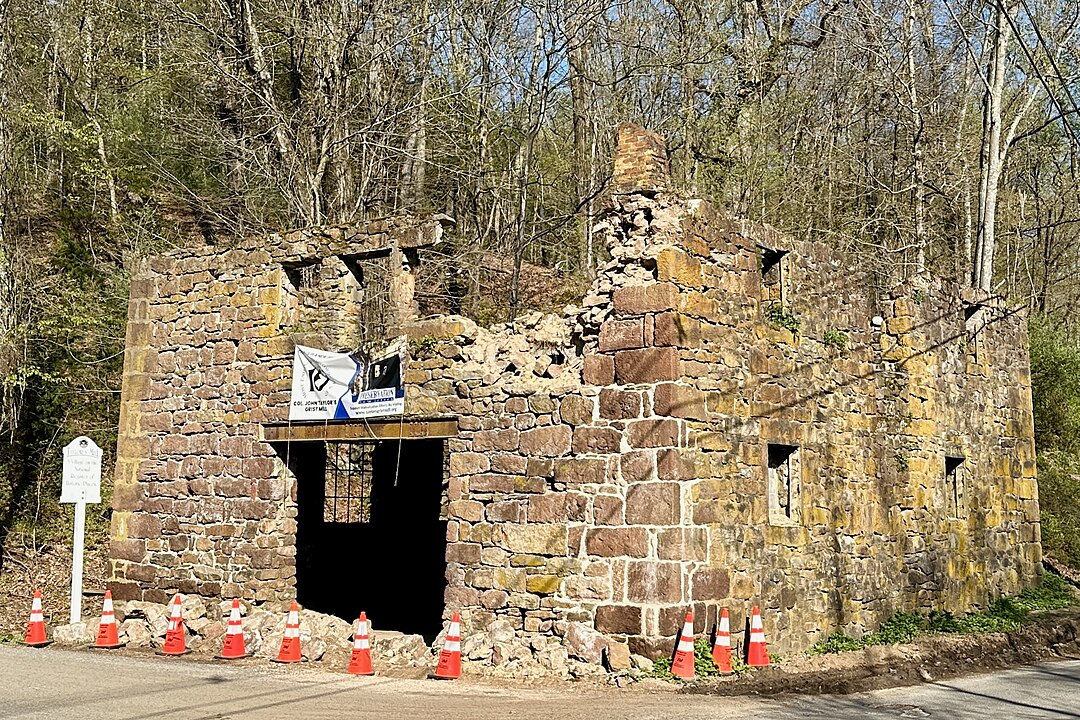
TRENTON, N.J. – August 3, 2025 — A recent 3.0 magnitude tremor centered in Hasbrouck Heights has once again put New Jersey’s seismic activity in the spotlight, prompting residents to question the state’s earthquake risk. While not a frequent occurrence, experts and officials are using the event as a critical reminder that the Garden State is not immune to earthquakes and that preparedness is a civic necessity.
Unlike the plate boundary-driven earthquakes of the West Coast, New Jersey’s tremors are “intraplate earthquakes” caused by stress along ancient fault lines. The most prominent of these is the Ramapo Fault Zone, a vast system spanning over 185 miles that serves as the best-known source of seismic activity in the region.
The Science of Seismic Activity in a Tightly Packed State
The geological makeup of the East Coast presents a unique challenge. New Jersey’s older, denser crustal rock allows seismic waves to travel more efficiently and over greater distances. This means that an earthquake here can be felt by millions of people across multiple states, unlike a similarly sized quake in California, where softer rock absorbs the energy more quickly.
The U.S. Geological Survey (USGS) has recorded dozens of minor, unfelt quakes in New Jersey annually. These micro-tremors are a constant reminder of the geological forces at work. The recent 3.0 magnitude quake and the more significant 4.8 magnitude event on April 5, 2024, serve as powerful evidence of the state’s potential for moderate seismic events.
A Timeline of New Jersey’s Notable Earthquakes
While major earthquakes are statistically rare, a look at the historical record reveals a pattern of moderate tremors that have impacted the state. Below is a table of some of the most significant seismic events with an epicenter in or near New Jersey.
| Date | Magnitude | Location | Impact |
|---|---|---|---|
| November 29, 1783 | 5.3 | New Jersey (Epicenter) | Strongest recorded quake in state history. Caused minor damage, including toppled chimneys. |
| August 10, 1884 | 5.5 | Near New York City | Widespread shaking felt in New Jersey, knocking down chimneys and cracking plaster. |
| August 23, 1938 | 4.8 | Southeast of Trenton | Felt from Jersey City to Delaware. Moved furniture and knocked items off shelves. |
| April 5, 2024 | 4.8 | Tewksbury, NJ | Felt across the entire Northeast. Prompted widespread discussion and renewed focus on preparedness. |
Preparedness is a Priority: A Guide from NJOEM
The New Jersey Office of Emergency Management (NJOEM) stresses that preparedness is the most effective way to mitigate earthquake risk. This includes having a plan in place and knowing what to do during and after a tremor.
During an Earthquake: Drop, Cover, and Hold On
- Drop: Drop to the ground to prevent falling.
- Cover: Take cover under a sturdy piece of furniture, such as a table or desk.
- Hold On: Hold on to your cover until the shaking stops. If there is no cover, protect your head and neck with your arms.
After an Earthquake: The Next Steps
Once the shaking subsides, the NJOEM advises residents to take the following steps to ensure safety:
- Anticipate and be prepared for aftershocks.
- Check for injuries and administer first aid if needed.
- Inspect your home for damage and check for gas, water, or electrical leaks.
- Stay informed by listening to a battery-powered radio for official alerts.
Building Codes and New Structural Integrity Laws
In the wake of recent structural integrity concerns, New Jersey has taken steps to address building safety. The state’s updated building codes, particularly the 2021 International Building Code (NJ Edition), now include specific provisions for earthquake loads. Furthermore, the state passed P.L. 2023, c.214 (S2760/A4384), which mandates regular structural inspections for certain residential buildings. This law reflects a proactive approach to mitigating damage, especially for older structures that were built without modern seismic considerations.
The key takeaway for New Jersey residents is clear: while a catastrophic earthquake is highly unlikely, a moderate tremor is a possibility. Understanding the history, science, and recommended safety measures is the best way to ensure the safety and resilience of our communities.








